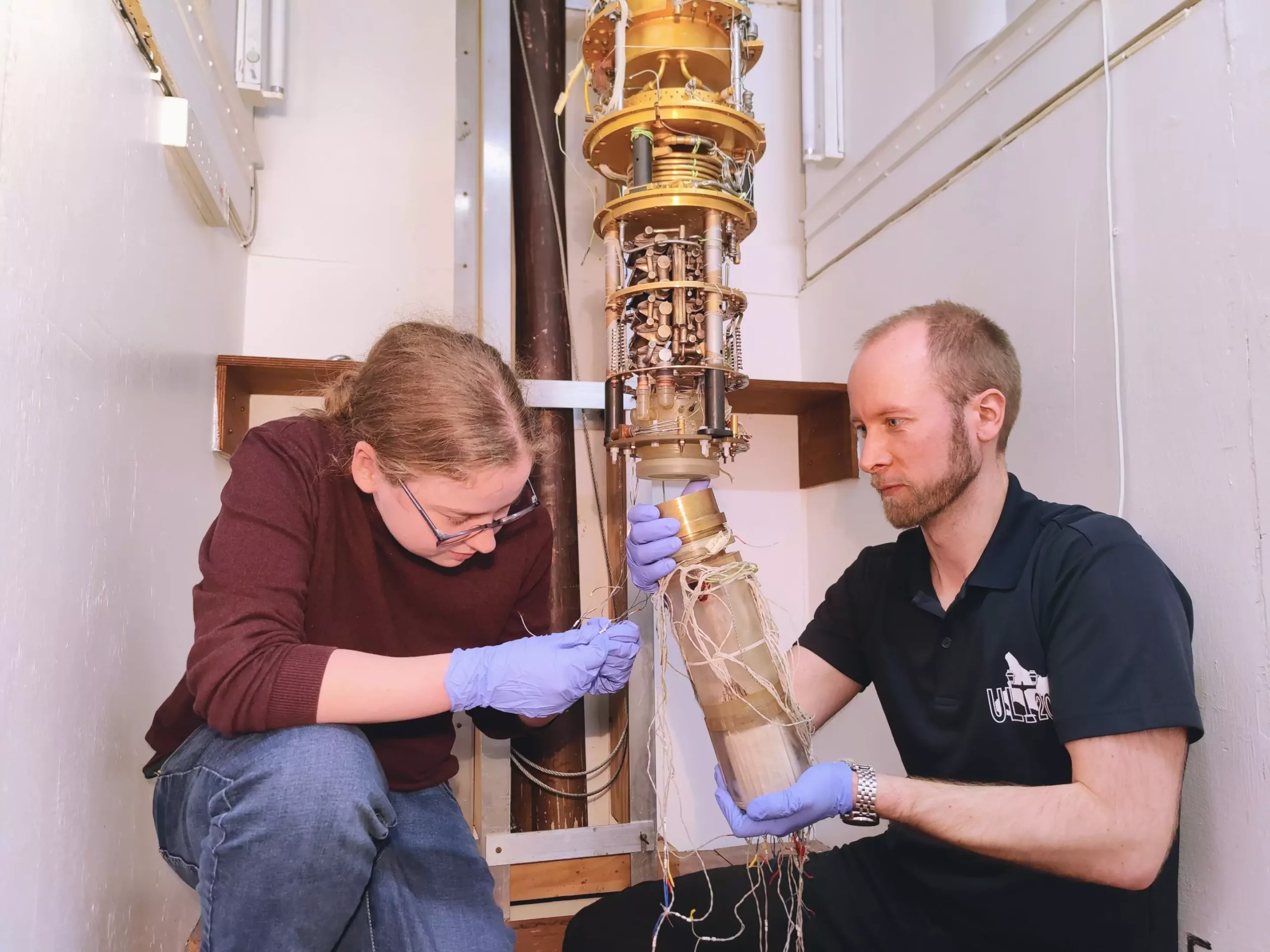The quest to unravel the mystery of dark matter has been ongoing for decades, with scientists dedicating their careers to understanding this elusive substance. Dark matter, which makes up approximately 80% of the matter in the universe, is invisible and does not interact with light. Despite its unseen nature, the effects of dark matter’s gravity can be observed in the movement of galaxies and stars. However, attempts to directly detect dark matter particles have so far been unsuccessful.
New Advances in Quantum Technology
Researchers from Lancaster University, the University of Oxford, and Royal Holloway, University of London are now at the forefront of dark matter research, utilizing the latest advances in quantum technology to develop highly sensitive dark matter detectors. Their groundbreaking work is being showcased at the Royal Society’s flagship Summer Science Exhibition, where the public can explore the “A Quantum View of the Invisible Universe” exhibit.
The team of researchers is focusing on two potential dark matter candidates: new particles with ultra-weak interactions and axions, which are extremely light wave-like particles. By building two experiments, one to search for each type of candidate, the researchers hope to finally shed light on the mysterious nature of dark matter. The sensitivity of the detectors is crucial, as they aim to detect dark matter particles with masses as small as a few hydrogen atoms.
The Quantum Enhanced Superfluid Technologies for Dark Matter and Cosmology (QUEST-DMC) team is utilizing superfluid helium-3 and superconducting quantum amplifiers to achieve world-leading sensitivity in detecting dark matter collisions. These cutting-edge technologies allow for the detection of extremely weak signals that may indicate the presence of dark matter particles in the laboratory.
In the case of axions, which are believed to be incredibly light and abundant in the universe, researchers are developing a new class of quantum amplifier to search for the signature electrical signals that result from axion decay in a magnetic field. This innovative approach is guided by the principles of quantum mechanics and has the potential to uncover evidence of axions, despite their elusive nature.
The exhibition at the Royal Society’s Summer Science Exhibition offers visitors of all ages the opportunity to engage with the world of dark matter research. Through hands-on exhibits and demonstrations, participants can learn about the invisible forces that shape our universe and experience the innovative technologies used in the pursuit of understanding dark matter. From gyroscopes that demonstrate unseen angular momentum to model detectors that mimic dark matter collisions, the exhibit provides a unique and interactive learning experience for all.
The latest breakthrough in dark matter research represents a significant step forward in our understanding of the universe. By harnessing the power of quantum technology and pushing the boundaries of scientific exploration, researchers are on the brink of solving one of the greatest mysteries of modern science. The quest for dark matter continues to inspire curiosity and innovation, paving the way for new discoveries and advancements in the field of astrophysics.


Leave a Reply